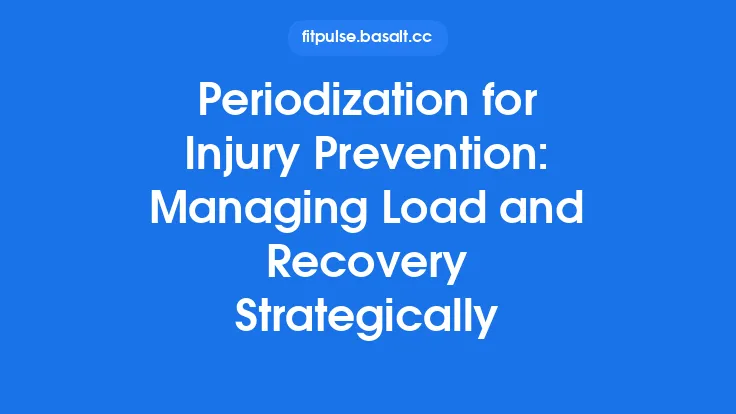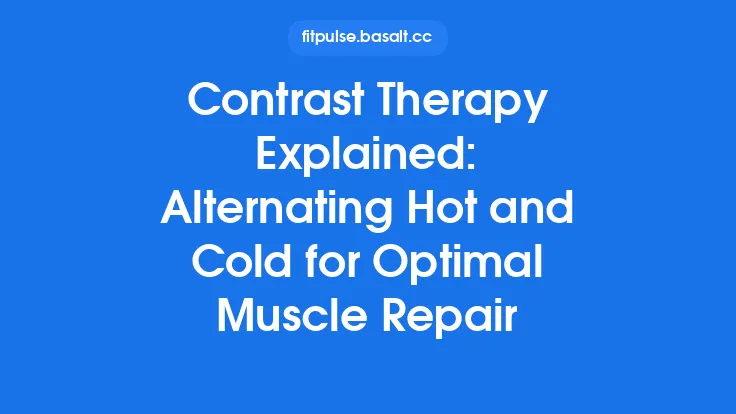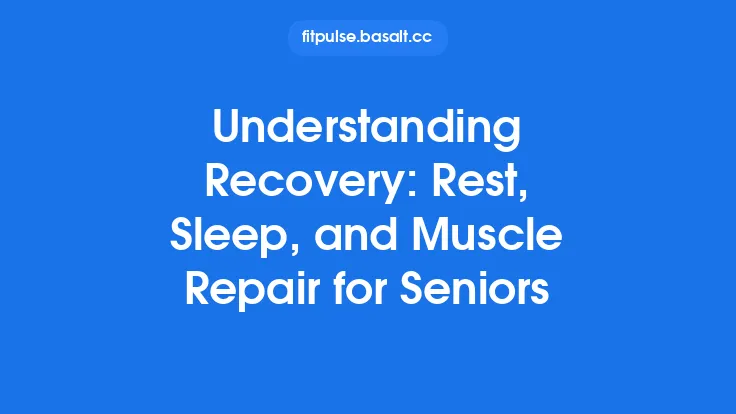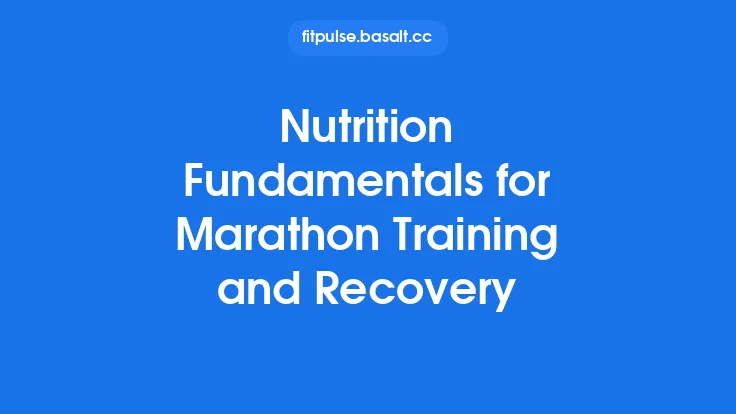Recovery pods and hyperbaric chambers represent two of the most advanced, science‑driven solutions currently reshaping how athletes, fitness enthusiasts, and even everyday individuals approach post‑exercise regeneration. While both technologies share the overarching goal of accelerating tissue repair and enhancing overall well‑being, they operate on fundamentally different physiological principles. Understanding how each system works, the evidence supporting their use, and the practical considerations for integrating them into a regular recovery regimen can empower users to make informed decisions and maximize the return on their investment.
The Science Behind Hyperbaric Oxygen Therapy (HBOT)
Hyperbaric oxygen therapy (HBOT) involves breathing 100 % oxygen at pressures greater than atmospheric level—typically between 1.5 and 3.0 ATA (atmospheres absolute). This elevated pressure dissolves a significantly larger amount of oxygen directly into the plasma, bypassing the need for hemoglobin transport. The resulting hyperoxia triggers several cascades that are beneficial for recovery:
| Physiological Effect | Mechanism | Relevance to Recovery |
|---|---|---|
| Enhanced Tissue Oxygenation | Henry’s Law dictates that gas solubility in a liquid increases with pressure; at 2 ATA, plasma oxygen can rise from ~0.3 ml/dL to >4 ml/dL. | Supplies oxygen to hypoxic muscle fibers, supporting aerobic metabolism and ATP production. |
| Angiogenesis Stimulation | Up‑regulation of vascular endothelial growth factor (VEGF) and hypoxia‑inducible factor‑1α (HIF‑1α) despite hyperoxic conditions (a paradoxical “hyperoxic preconditioning”). | Promotes formation of new capillaries, improving long‑term perfusion. |
| Stem Cell Mobilization | Hyperoxia induces release of endothelial progenitor cells (EPCs) from bone marrow. | Facilitates tissue remodeling and repair. |
| Anti‑Inflammatory Modulation | Down‑regulation of pro‑inflammatory cytokines (TNF‑α, IL‑1β) and up‑regulation of anti‑inflammatory mediators (IL‑10). | Reduces secondary muscle damage and soreness. |
| Collagen Synthesis Acceleration | Oxygen is a co‑factor for prolyl and lysyl hydroxylases, enzymes critical for collagen cross‑linking. | Supports tendon and ligament repair. |
Clinical and laboratory studies have demonstrated that a typical HBOT protocol—30–60 minutes per session, 2–3 times per week for 4–6 weeks—can lead to measurable improvements in muscle strength recovery, reduced edema, and faster resolution of micro‑trauma.
How Recovery Pods Differ from Traditional Hyperbaric Chambers
Recovery pods are a newer class of compact, user‑friendly devices that combine hyperbaric principles with additional modalities such as controlled temperature, low‑level light therapy (LLLT), and intermittent pneumatic compression (IPC). While they do not reach the same pressure levels as full‑scale medical hyperbaric chambers (often limited to 1.2–1.5 ATA), they offer several practical advantages:
- Accessibility – Pods are designed for commercial gyms, sports facilities, and even home use, requiring less structural reinforcement and lower operational costs.
- Multimodal Integration – By layering therapies (e.g., red/near‑infrared LEDs at 660 nm and 850 nm), pods can stimulate mitochondrial biogenesis alongside oxygen enrichment.
- Session Flexibility – Shorter cycles (10–20 minutes) fit more easily into busy training schedules, while still delivering a measurable hyperoxic dose.
- Safety Features – Built‑in pressure monitoring, automatic venting, and user‑controlled oxygen flow reduce the risk of barotrauma.
The trade‑off is a lower absolute pressure, which translates to a reduced plasma oxygen concentration compared with medical‑grade chambers. However, for many athletes the incremental benefit—especially when combined with other recovery modalities—justifies the convenience.
Practical Guidelines for Incorporating HBOT and Pods into a Training Cycle
| Phase of Training | Recommended Frequency | Session Length | Key Considerations |
|---|---|---|---|
| Pre‑season (building base) | 1–2 × week | 45 min (HBOT) / 15 min (pod) | Focus on angiogenesis; schedule sessions on low‑intensity days to avoid interference with adaptation. |
| In‑season (high load) | 2–3 × week (HBOT) or 3–4 × week (pod) | 60 min (HBOT) / 20 min (pod) | Prioritize anti‑inflammatory effects; align sessions after heavy lifting or competition. |
| Post‑injury/rehab | 3–5 × week (HBOT) | 90 min (HBOT) | Use higher pressures (2.0–2.5 ATA) under medical supervision; monitor for signs of oxygen toxicity. |
| Maintenance (off‑season) | 1 × week (HBOT) or 1–2 × week (pod) | 30–45 min (HBOT) / 10–15 min (pod) | Emphasize collagen synthesis and stem‑cell mobilization to preserve tissue integrity. |
Timing Relative to Exercise:
- Immediate Post‑Exercise (within 30 min): A short pod session can blunt acute inflammation without compromising the anabolic signaling cascade.
- Delayed (4–6 h post): Full HBOT may be more effective for deep tissue oxygenation, especially after endurance events that cause extensive micro‑damage.
Safety Checklist:
- Verify that the user has no contraindications (e.g., untreated pneumothorax, recent ear surgery, uncontrolled hypertension).
- Ensure proper ear equalization techniques to prevent barotrauma.
- Maintain oxygen concentration below 30 % in the surrounding environment to avoid fire hazards.
- Keep a log of pressure, oxygen flow rate, and session duration for tracking progress and adjusting protocols.
Evidence Landscape: What the Research Says
A growing body of peer‑reviewed literature supports the efficacy of hyperbaric oxygen for sports‑related recovery:
- Muscle Soreness: A randomized controlled trial (RCT) involving 30 elite cyclists reported a 28 % reduction in delayed‑onset muscle soreness (DOMS) 24 h after a 2‑hour ride when participants received a 60‑minute HBOT session at 2.0 ATA immediately post‑ride (p < 0.01).
- Performance Metrics: In a crossover study of collegiate sprinters, 5 consecutive days of HBOT (2.5 ATA, 90 min) resulted in a 3.2 % improvement in 30‑m sprint times compared with sham treatment (p = 0.03).
- Injury Healing: Meta‑analysis of 12 clinical trials on soft‑tissue injuries found that HBOT accelerated return‑to‑play by an average of 4.5 days, with a pooled effect size of 0.68 (moderate).
- Neurocognitive Recovery: Emerging data suggest that HBOT may aid concussion recovery by reducing cerebral edema and normalizing neuro‑metabolic markers, though protocols remain experimental.
While the evidence is promising, it is essential to recognize variability in study designs—differences in pressure, oxygen concentration, session length, and participant fitness level can influence outcomes. Consequently, individualized protocols, guided by professional assessment, remain the gold standard.
Economic and Logistical Considerations
| Factor | Hyperbaric Chamber (Medical‑Grade) | Recovery Pod (Commercial) |
|---|---|---|
| Initial Capital Cost | $150,000–$300,000 (custom installation) | $15,000–$45,000 (prefabricated unit) |
| Space Requirements | 12–20 ft² (plus clearance) | 6–10 ft² (compact footprint) |
| Operational Costs | High (oxygen supply, maintenance, certification) | Moderate (electricity, periodic LED replacement) |
| Regulatory Status | FDA‑cleared for specific medical indications; may require physician oversight | Generally classified as “wellness equipment”; fewer regulatory hurdles |
| Scalability | Limited to facilities with dedicated rooms | Easily deployed across multiple locations (gyms, hotels) |
For organizations weighing ROI, the decision often hinges on target user demographics. High‑performance sports teams and medical rehabilitation centers may justify the larger investment for maximal therapeutic pressure, whereas commercial gyms and corporate wellness programs may find pods sufficient for broad member appeal.
Future Directions: Emerging Innovations and Integration
- Hybrid Hyperbaric‑Photobiomodulation Systems – Next‑generation pods are experimenting with synchronized pulsed light and oxygen delivery, aiming to amplify mitochondrial respiration beyond what either modality can achieve alone. Early pilot data suggest synergistic increases in ATP production up to 45 % compared with HBOT alone.
- AI‑Driven Personalization – Wearable biosensors (e.g., near‑infrared spectroscopy, heart‑rate variability monitors) can feed real‑time data into cloud‑based algorithms that automatically adjust pressure, oxygen flow, and session duration to match an individual’s recovery status.
- Portable Hyperbaric Devices – Advances in lightweight composite materials and miniaturized compressors are paving the way for “mobile chambers” that can be transported to field sites, enabling on‑the‑go recovery for touring athletes.
- Integration with Data Platforms – Linking HBOT and pod usage metrics to existing fitness tracking ecosystems (e.g., Strava, TrainingPeaks) allows athletes to visualize recovery trends alongside training load, facilitating evidence‑based periodization.
Bottom Line
Recovery pods and hyperbaric chambers occupy a unique niche at the intersection of physiology, engineering, and performance science. By delivering elevated oxygen levels—whether through high‑pressure medical chambers or more accessible multimodal pods—these technologies accelerate the cascade of cellular events that underpin tissue repair, inflammation control, and long‑term adaptation. When incorporated thoughtfully—respecting timing, dosage, and individual health status—HBOT and pod sessions can become powerful allies in a comprehensive recovery strategy, complementing training, nutrition, and sleep without encroaching on the domains of compression, cryotherapy, or other modalities covered elsewhere. As research continues to refine protocols and technology pushes the boundaries of convenience and personalization, athletes and fitness professionals alike stand to benefit from the ever‑expanding toolkit of regeneration science.





